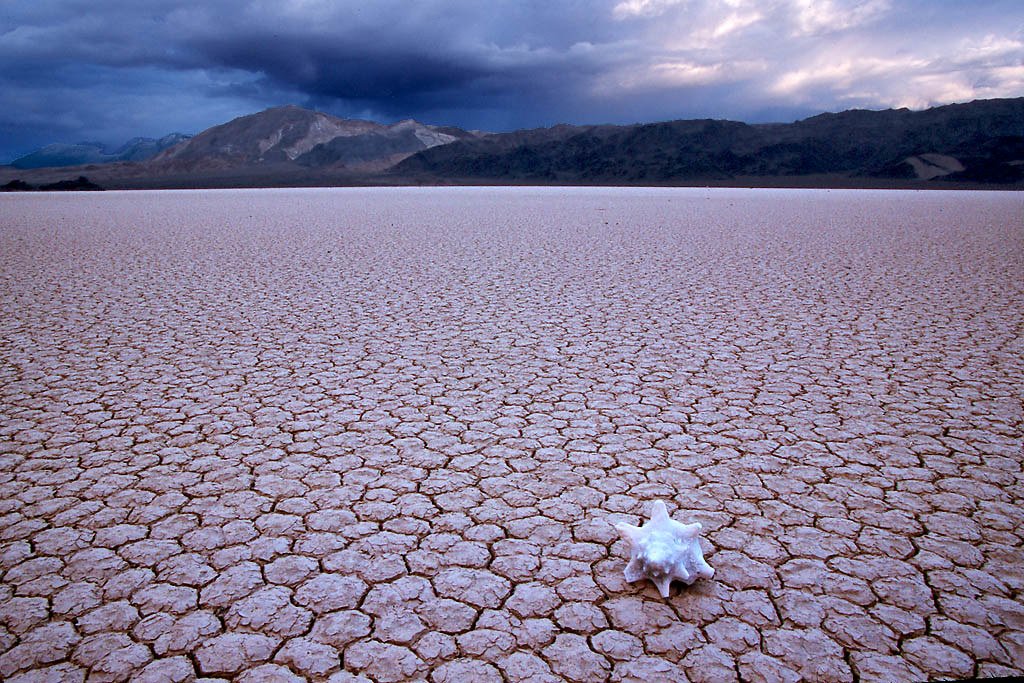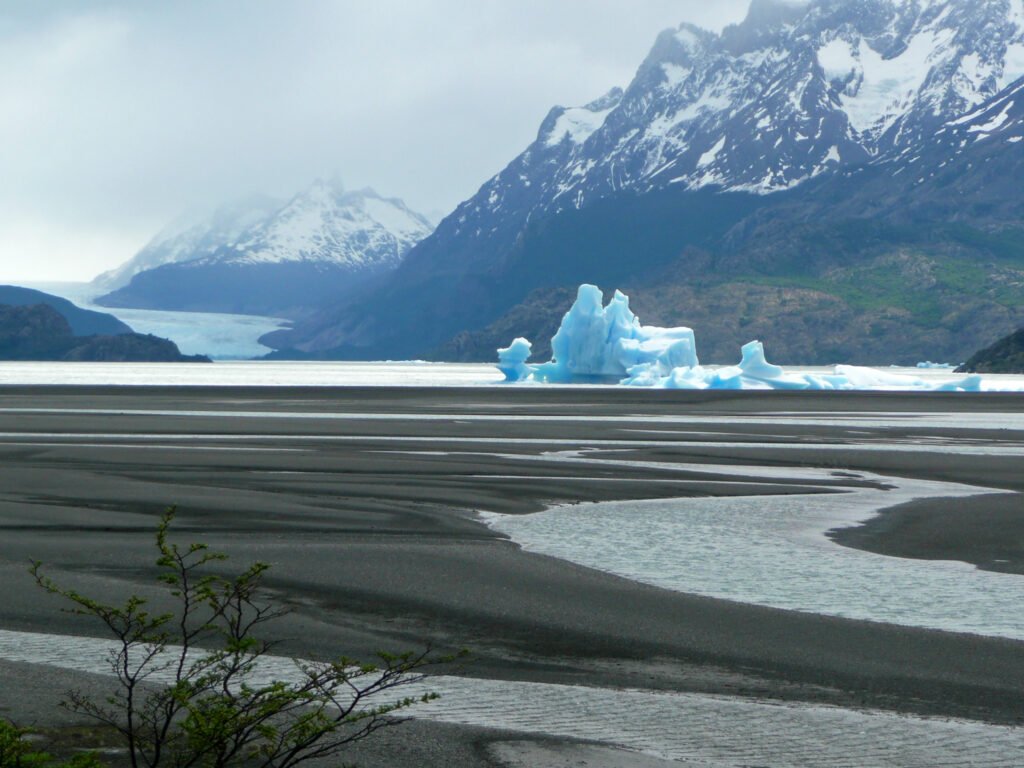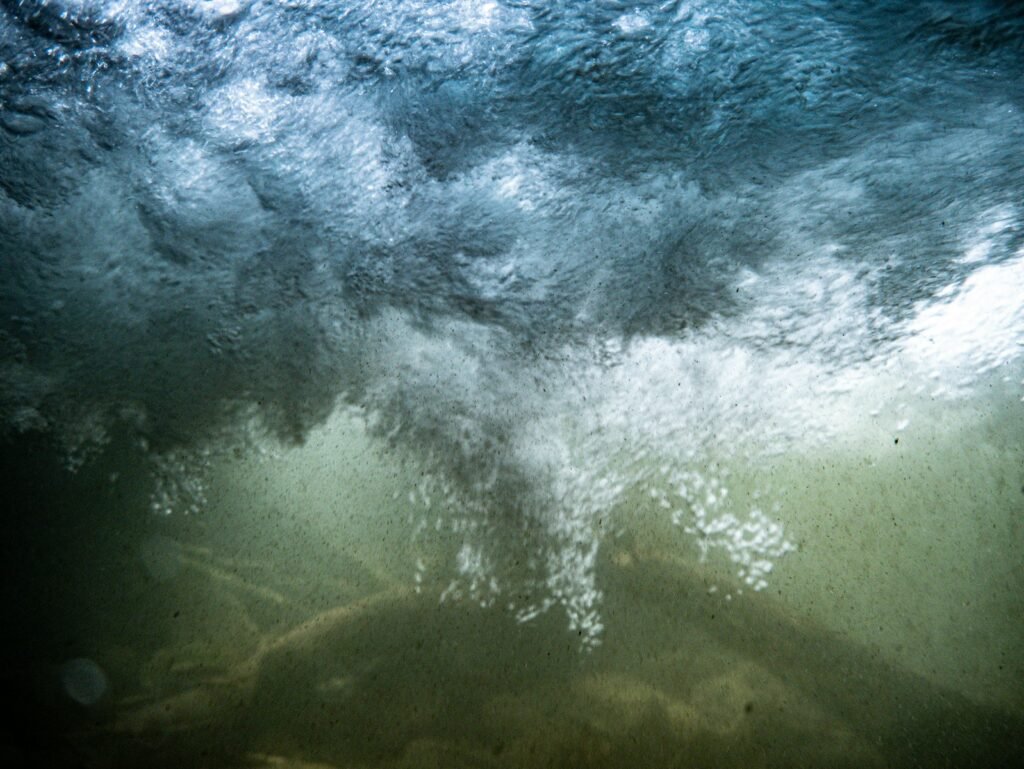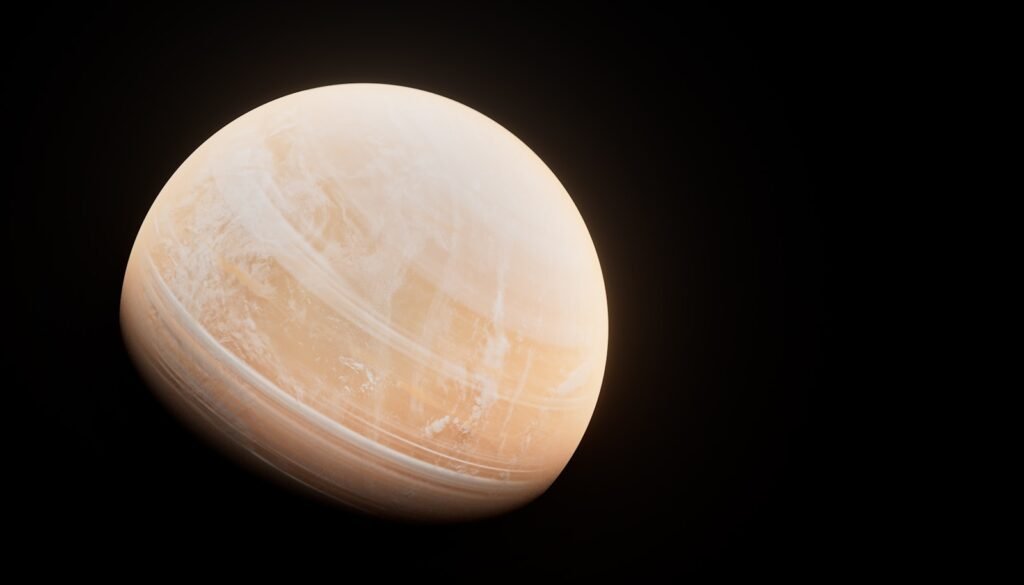Have you ever wondered about nature’s most mysterious vanishing acts? Picture waking up to find that the massive lake you visited yesterday has completely vanished, leaving behind nothing but a barren basin. It sounds impossible, yet around the world, bodies of water routinely perform these dramatic disappearing acts that would make even Houdini envious.
These aren’t just tales from ancient folklore or science fiction movies. From the glacial peaks of Iceland to the limestone caves of Florida, lakes are pulling off vanishing tricks that continue to baffle scientists and terrify local communities. Sometimes they return just as mysteriously as they left, while other times they’re gone forever, leaving behind only memories and muddy footprints of their former glory.
The Underground Escape Artists

Beneath your feet lies a hidden world of caverns, tunnels, and fissures that can transform solid ground into nature’s ultimate trap door. One of the most common reasons for a lake to vanish is due to geological activity. This can include sinkholes, where the ground beneath the lake collapses, causing the water to drain away. Think of it like a giant bathtub suddenly developing a massive drain hole at the bottom.
Some lakes rest on a layer of rock or sediment that can be fragile or porous. If this layer cracks or collapses suddenly, water then rushes directly into the ground and disappears rapidly into underground reservoirs or aquifers. What makes this phenomenon particularly startling is the speed at which it happens. Some karst sinkholes can form suddenly, causing the complete or partial disappearance of surface water bodies in just a few hours.
The process is surprisingly similar to what happens when you accidentally puncture an inflatable pool. Once that hole opens up, there’s no stopping the rush of water toward its new underground destination.
When Volcanoes Play Hide and Seek

Volcanic activity creates some of the most spectacular lake disappearances on Earth. Another geological factor involves volcanic activities, which can occasionally lead to the formation or disappearance of lakes. Volcanic eruptions alter the surrounding terrain, creating new basins that may either cause water to accumulate or drain away, depending on the nature of the eruption and its aftermath.
In Iceland, this phenomenon has been perfected into an almost routine spectacle. The meltwater may be released from below the ice as happened in Iceland in 1996 when the Grímsvötn caldera erupted, melting 3 km3 of ice and giving rise to a large glacial lake outburst flood. These events, known as jökulhlaups, demonstrate how volcanic heat can instantly transform a peaceful mountain lake into a raging torrent.
When a volcano erupts, lava can breach the natural walls that hold the water of a lake, quickly creating a crack or a conduit that sucks in all the water. Geothermal activity, with its underground movements and powerful steam jets, can also suddenly open new faults through which the lake water escapes to the depths of the Earth. Sometimes, this happens in just a few hours: the lake was there and then, poof, gone all at once, as if someone had just pulled the plug out of a giant bathtub.
The Karst Mystery Machine

Karst landscapes represent nature’s most elaborate plumbing system, where water has spent thousands of years carving intricate underground networks. Karst (/kɑːrst/) is a topography formed from the dissolution of soluble carbonate rocks such as limestone and dolomite. It is characterized by features like poljes above and drainage systems with sinkholes and caves underground.
These limestone foundations act like giant sponges with invisible holes. These particular rocks tend to slowly dissolve upon contact with water. Over time, they create large underground cavities, sometimes real labyrinths invisible from the surface. It only takes a crack or a gallery to suddenly widen for all the water from the lake to rush into the underground network in a very short time. The result: the lake disappears abruptly, leaving behind only a dried-up and astonished basin.
Sinkholes tend to occur in karst landscapes. Karst landscapes can have up to thousands of sinkholes within a small area, giving the landscape a pock-marked appearance. These sinkholes drain all the water, so there are only subterranean rivers in these areas. Imagine trying to fill a bucket that’s been riddled with holes from the bottom up.
Human Errors That Swallow Lakes

Sometimes the most dramatic lake disappearances result from human blunders that would be hilarious if they weren’t so devastating. The cause of the disappearance was an event which seemed to be straight out of science-fiction. On November 20, 1980, one of the numerous oil drills in Lake Peigneur was stuck 1,200 feet below the surface of the lake, and suddenly the rig platform began tilting. No sooner had the oil rig crew evacuated from the platform than the entire rig collapsed and disappeared beneath the lake’s surface.
Soon a huge whirlpool developed where the rig initially stood, which violently sucked in other oil drilling platforms as well as a nearby dock. The flow of the Delcambre Canal, which drained into the Gulf of Mexico, was reversed and directed into the whirlpool along with a tug boat and 11 barges. Soon the lake’s 3.5 billion gallons of water disappeared into the hole.
Sometimes, human activities can completely drain a lake without warning. This often happens when a passageway is accidentally dug or drilled during engineering or mining work. It only takes an unintentional breach in the impermeable layer at the bottom of the lake for the water to quickly disappear through drainage. Other cases, rarer but more spectacular, involve oil drilling or tunnel construction: a misstep can cause a massive spill and completely drain the water in just a few days, or even a few hours.
Climate Change Accelerates the Vanishing Act

Rising temperatures are turning lake disappearances from rare events into increasingly common occurrences. Climate change plays a significant role in altering natural water bodies, and its impact on lakes is profound. Rising global temperatures, one of the hallmarks of climate change, have been found to increase evaporation rates, especially in arid and semi-arid regions. This process can cause lakes to shrink or completely dry up over time.
The Arctic provides particularly striking examples of this accelerating phenomenon. At the end of the summer of 2018, following the warmest and wettest winter on record at that time, 192 lakes in northwestern Alaska had completely or partly drained away. Some large lakes, believed to have existed for millennia, shrank drastically in what appears to have been a matter of months.
So these far northern lakes are disappearing because surface water can drain rapidly into the subsurface as the permafrost warms up. One reason, offered by Webb and her colleagues, is that most climate models assume that permafrost thaw is driven only by warming air. New evidence suggests that rainfall – particularly increasing autumn rain – is now contributing substantially to permafrost loss.
The Patagonian Yo-Yo Lake

Some lakes have turned disappearing into a regular performance, appearing and vanishing with clockwork precision that would impress any stage magician. This lake, high in the Andes, disappeared overnight on March 31, 2012. But that wasn’t all that unusual for the lake, at least not lately – it’s disappeared and refilled multiple times since 2008. The lake is a glacial lake, dammed in by the Colonia glacier. Climate change has been thinning the glacier, which has allowed a tunnel eight kilometers beneath to repeatedly open and close, draining the lake and letting it refill many times over.
There are several documented cases around the world that demonstrate this peculiar phenomenon. One of the best known examples is the Lake Cachet II in the Chilean Patagonia region. This body of water regularly disappears due to the formation of ice tunnels in the Southern Patagonian Ice Field, which allow water to drain into the Baker River.
This cyclic behavior transforms the lake into nature’s ultimate tease, offering breathtaking beauty one day and empty disappointment the next. The local ecosystem has adapted to this roller coaster existence, with wildlife learning to expect the unexpected.
Mountain Lake’s Mysterious Cycles

Virginia’s Mountain Lake presents one of North America’s most thoroughly studied cases of cyclical lake disappearance. Mountain Lake is one of only two natural lakes in the state of Virginia and the only natural lake in the southern Appalachian Mountains. It’s unlike any other lake we know about because it empties and refills almost completely every few hundred years.
When Jon Cawley did his doctoral thesis on Mountain Lake in 1999, he warned that Mountain Lake, which had had just four completely empty periods in the past 6,000 years according to his research, was due for another low time. Just three years later, he was proven right. The timing was so precise it seemed almost supernatural.
According to Watts, the timing of the lake’s emptying can be explained by its water budget. He says to think about the water budget like a bank account. “You want your bank account to get bigger and bigger,” he says. “You have your losses, the outflow of the lake in this case, but you also have an inflow. So as long as your inflow is bigger than your outflow, it’s going to get bigger until it’s at full pond.” When that balance tips, even slightly, dramatic changes follow.
The Great Aral Sea Tragedy

Not all lake disappearances happen overnight, but some gradual vanishings are equally shocking in their completeness. The Aral Sea was once the world’s fourth largest lake until it began shrinking in the last quarter of the 20th century. Since that time, ninety percent of the river flow from the Tian Shan Mountains into the lake has been diverted to irrigate rice and cotton fields planted in desert lands. As a result, the lake’s water level quickly began to drop.
On the borders of Kazakhstan and Uzbekistan, the Aral Sea was once the world’s fourth biggest inland sea. Today it is mostly desert. Over the last several decades the lake has receded by as much as 75% to 90% following moves from the former Soviet Union which diverted waters from the Ama Dariya river and the Syrdariya river – both of which fed into the Aral Sea – to grow cotton in the desert.
This transformation from a massive inland sea to scattered puddles represents one of the most dramatic environmental disasters in modern history. The dried lakebed now contributes salt storms that can be seen from space, affecting agriculture across a three-hundred-kilometer radius.
Lake Chad’s Ongoing Disappearing Act

Africa’s Lake Chad demonstrates how climate change and human demands can conspire to make enormous bodies of water vanish before our eyes. The immense historical size of the lake continued throughout thousands of years with ancient Roman explorers documenting its existence and great size during the reign of Augustus. In the mid-20th century, the lake was still among the largest in Africa covering an area of 10,000 square miles in the 1960s. Currently, Lake Chad is just nothing more but a shadow of its ancient size as the lake now covers a much smaller area. The lake has lost as much as 90% of its size in less than a century.
One of the best examples of what climate change is doing to lake and river systems, the world must look towards Lake Chad. The fourth largest lake in Africa, Lake Chad is shared by Nigeria, Chad, Cameroon and Niger. Global warming, with steadily reducing rainfall, and water extraction have seen it diminish around 90% in the last 50 years.
The lake’s disappearance affects millions of people who depend on it for fishing, farming, and drinking water. What once supported entire civilizations now struggles to sustain even basic human needs.
Florida’s Sinkhole Surprise Lakes

Florida’s unique geology creates a landscape where lakes can literally fall through the floor without warning. Lake Jackson is a prairie lake situated in Leon County, Florida. The lake is famous for its dramatic disappearance. The lake is relatively small, covering an area of approximately 4,000 acres. Lake Jackson has no outflow streams, and its primary outflow is the sinkholes which funnel the lake’s water into the Florida Aquifer.
This outflow sometimes completely drains the lake, particularly during periods when the level of groundwater drops causing Lake Jackson to suddenly disappear. In September 1999, the lake disappeared after completely draining through the sinkholes leaving only a few scattered pools. The phenomenon is so regular that locals have learned to expect it, yet it still creates a surreal landscape when it happens.
Nearby residents considered efforts to plug the hole, but time took care of the problem for them. With the sinkhole now naturally plugged back up with clay and silt, it’s starting to fill with water and gradually the lake is returning. But Florida’s geology makes the state prone to sinkholes, so the lake’s permanence is not guaranteed.
When lakes reappear just as mysteriously as they vanished, you begin to appreciate the dynamic and unpredictable nature of our planet. These vanishing acts remind us that the Earth beneath our feet is far more active and changeable than we might think. Whether caused by natural geological processes, volcanic activity, climate change, or human interference, disappearing lakes serve as dramatic indicators of our planet’s constant state of flux. What do you think about it? Tell us in the comments.

Jan loves Wildlife and Animals and is one of the founders of Animals Around The Globe. He holds an MSc in Finance & Economics and is a passionate PADI Open Water Diver. His favorite animals are Mountain Gorillas, Tigers, and Great White Sharks. He lived in South Africa, Germany, the USA, Ireland, Italy, China, and Australia. Before AATG, Jan worked for Google, Axel Springer, BMW and others.




